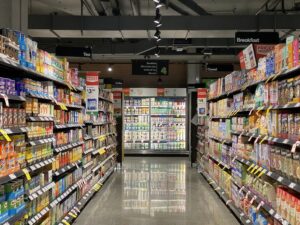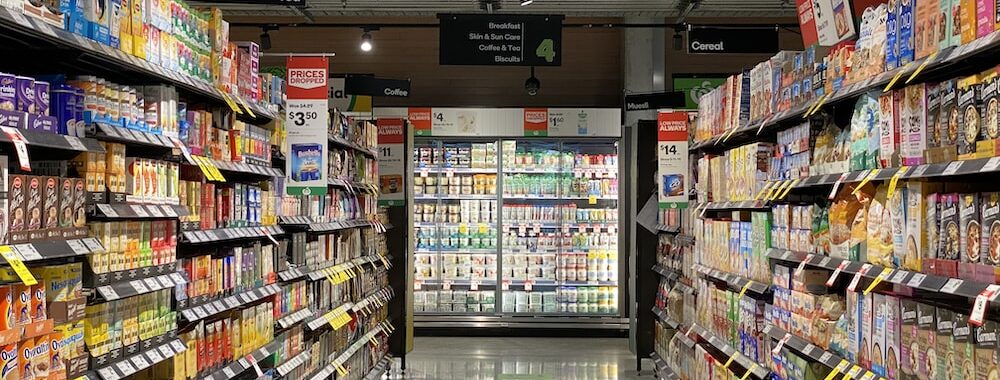The “buy local” movement has gained significant traction in recent years. Its proponents cite advantages like supporting local economies, environmental sustainability, and potentially fresher produce. One often-assumed advantage is cost – the perception that locally sourced goods inherently equal lower prices. However, a deeper economic analysis reveals this isn’t always the case. Item Banc’s first-of-its-kind global parity valuation engine offers a framework to re-evaluate the true cost of “local” and the factors influencing this cost beyond just geographical proximity.

Traditional Price Formation: Limitations and Distortions
In conventional market models, the price of a good is determined by the intersection of supply and demand. Local markets often see constrained supply, potentially leading to inflated prices despite reduced transportation costs. Moreover, factors like:
- Input Costs: Land values, labor wages, and local regulations strongly influence the cost of production, often varying substantially between regions.
- Market Inefficiencies: Smaller local markets might lack robust competition, potentially keeping prices higher than they would be in more competitive environments.
- Hidden Costs: Local products may contain less tangible costs externalities like reduced carbon emissions or ethical labor practices. These are rarely reflected in the price tag compared to cheaper mass-produced alternatives.
Item Banc’s BHN Baseline: Price Transparency Beyond Currency
Item Banc’s valuation engine introduces a new lens by establishing a baseline anchored in Basic Human Need (BHN) products. This curated set of essential goods (food staples, basic building materials, etc.) becomes a universal reference point for value. By tracking BHN product prices across various locations, Item Banc sheds light on:
- True Purchasing Power: What quantity of BHN goods can a given currency purchase in different locations? This reveals the real cost of living, independent of fluctuating currency exchange rates.
- Comparative Production Costs: If producing a BHN item is significantly more expensive in one area versus another, those costs are likely to be passed on to other locally produced goods, even if they are not directly within the BHN category.
- Localized Distortions: Item Banc’s data can expose regional price anomalies in BHN products themselves. This could indicate market inefficiencies, logistical bottlenecks, or artificial price controls.
Case Studies: When “Local” Isn’t Synonymous with “Cheaper”
For illustrative purposes, let’s consider hypothetical scenarios inspired by real-world situations:
- The Urban Farm Stand: A farmer’s market in a major city might offer seemingly “expensive” organic produce. However, an Item Banc analysis could reveal that considering that region’s higher land and labor costs, those prices are closer to the true cost of BHN goods compared to an imported, conventionally farmed alternative.
- The Island Community: Limited production capabilities and high shipping costs often make essential goods more expensive in island locations. Item Banc makes this tangible – would “buying local” save residents money if their local production is priced significantly higher than the BHN baseline?
- Manufactured Goods: A locally-made garment might be more expensive than a similar mass-produced import. Yet, Item Banc’s insights could factor in ethical labor standards not always accounted for in traditional pricing models.
Empowering Consumer Choice: Beyond Simple Price Tags
Item Banc doesn’t aim to declare whether “local” is definitively cheaper or more expensive. Rather, it democratizes valuation information. Consumers equipped with this knowledge can make more informed choices factoring in:
- Affordability relative to Real Income: Is a local product within reach given the true purchasing power in that location?
- Value Alignment: Are a consumer’s values (sustainability, community support) reflected in a seemingly “higher” local price?
- Opportunity Costs: Does buying a less expensive imported good create hidden costs, potentially reflected in future BHN price fluctuations?
Conclusion: Rethinking Value
The simple question, “Is buying local cheaper?” holds unexpected complexity. Item Banc’s valuation engine helps move beyond simplistic answers toward nuanced economic understanding. It empowers consumers, businesses, and policymakers to consider factors beyond immediate price tags, fostering a fairer and more transparent marketplace.
